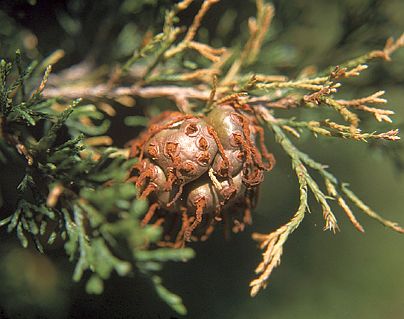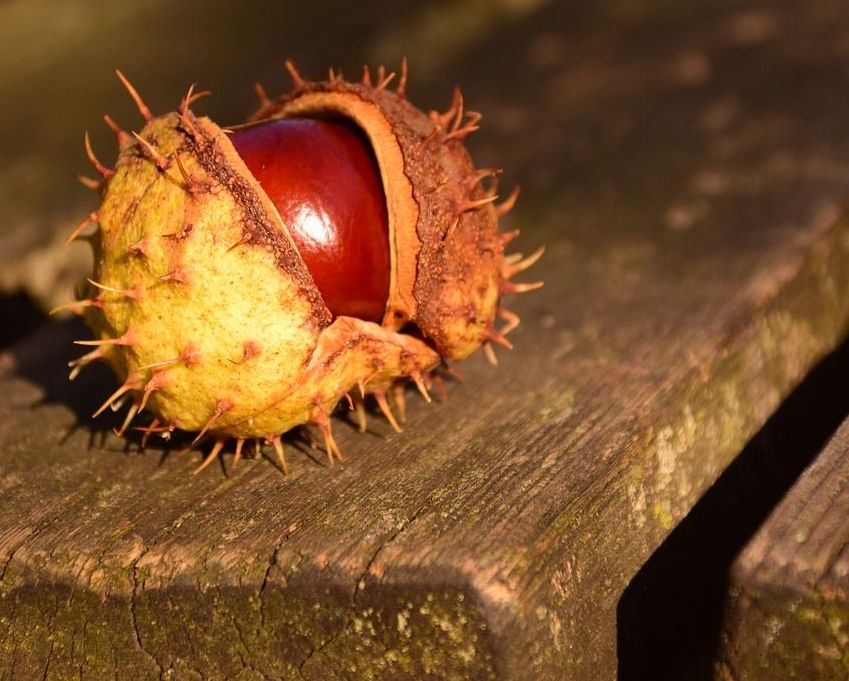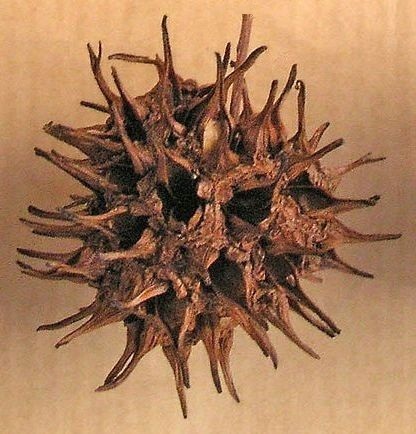
I live in Nelson County, Virginia. I frequently travel the county and as I do, I always look around for whatever I can discover. I’m sort of a naturalist, I suppose.
Well the other day I saw a “horse chestnut” on the ground—or, rather, several horse chestnuts. But there were no nearby horse chestnut trees. When I picked one up, I realized a horse chestnut was not what I had found.
I’d found something new. It looked like a small chunk of horse manure with short protrusions covering it. Searching online, I discovered I’d found a late winter cedar apple rust gall.
Quick Sketch of a Cedar Apple Rust Gall

Cedar apple rust (Gymnosporangium juniperi-virginianae) is one of three closely related rusts, cedar-apple, cedar-hawthorn, and cedar-quince rust. Rusts are fungal disorders of genus Puccinia. Besides infecting plant parts, deforming or discoloring them, some rusts form galls.
Galls are abnormal plant outgrowths; they are part of the host plant. Perhaps they can be compared to pearls produced by a host mollusk in response to an irritating grain of sand.
A cedar apple rust gall is green to brown (brown especially at the end of winter) with orange reproductive “horns” called telia that turn gelatinous following a seasonably warm spring rain. These sometimes rather long horns produce teliospores.
Teliospores are two-celled, thick-walled over-wintering spores that germinate to form a tiny structure called a basidium. The germinated basidium then produces basidiospores. These are the spores that are largely responsible for actual rust reproduction.

When dry weather returns, the telia shrink, losing their gelatinous appearance. Once winter is ended, fallen galls are likely to be spotted by someone like me who will mistake them for a horsechestnut or a fruit of the sweet gum tree.
Care For a Sneak Peak?
Wonder what is inside an actively growing cedar apple rust gall? Click on this Blue Jay Barrens image link to find out.
One last thought… It might seem this gall is a very interesting part of nature. And it is. But ask yourself: Does the apple orchard owner find this gall a delight to behold?
Note: You might also enjoy Stemonitis Chocolate Brown Slime Mold – A Health Threat
References:

Nature is always interesting, even when we are the unwitting recipients of something we didn’t want! Some galls are produced in response to a wasp, in trees in the UK.